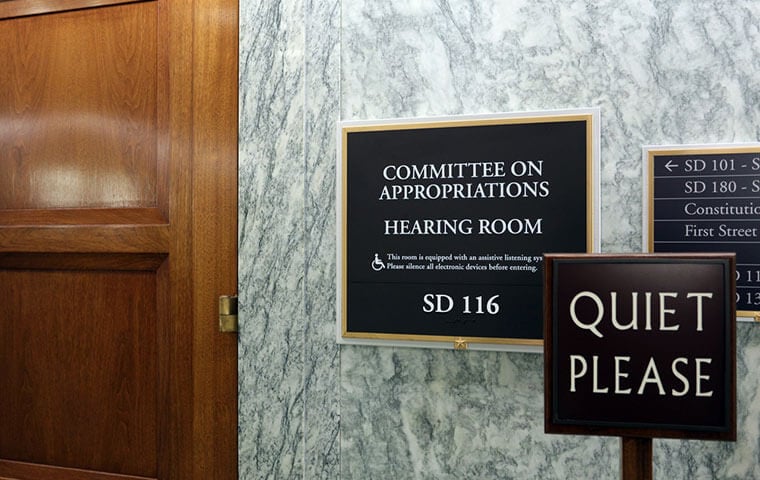 Image: Katherine Welles/Shutterstock.com
By: FEDweek Staff
Image: Katherine Welles/Shutterstock.com
By: FEDweek StaffThe full Senate Appropriations Committee has agreed to a subcommittee’s recommendation for a 1.9 percent federal employee raise in January 2019, essentially assuring that the two chambers of Congress will have to address the raise issue for the first time in many years.
In contrast to the Senate action, the House counterpart committee previously approved its own version of the general government spending bill for fiscal 2019 that is silent regarding a raise—effectively an endorsement of the pay freeze the White House proposed. Since a three-year freeze ended in January 2014, Congress has not actively considered a raise, instead letting White House proposals to take effect by default.
Even the Senate figure would fall short of both the amount in the works for military personnel, 2.6 percent, and the amount that employee organizations and some Democrats have been seeking, 3 percent.
It remains to be seen how insistent on their positions the Senate, House and White House will be. However, the Senate bill does use a technique that has been used in the past to pave the way for higher raises when some in Congress sought to boost federal raises to a higher amount set for military personnel in the name of pay parity: it does not add funds to agency budgets to pay for it.
That leaves agency spending levels the same while requiring them to find the needed amount elsewhere. Commonly they do that by cutting into accounts that in addition to salaries also fund training, conferences, travel, office equipment and other operating expenses.
Meanwhile, like the House bill, the Senate version would maintain the long-running moratorium on “Circular A-76” studies that in the past have resulted in contracting out of federal jobs. Both also are silent regarding the White House’s proposal to create a $1 billion performance rewards and incentives fund, which it proposed as a tradeoff for freezing salaries.

